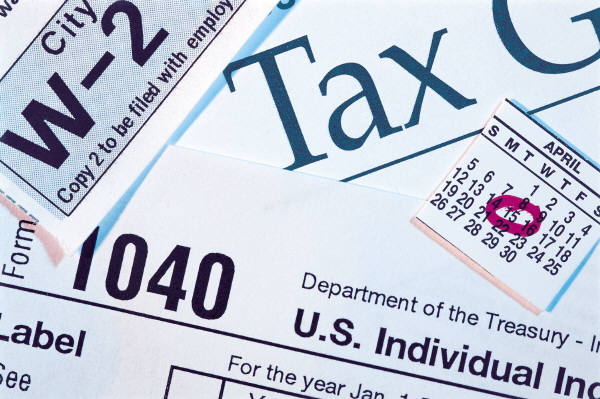
Community restraint refers to the surveillance and control of offenders who are enrolled in alternative or intermediate sanction programs.
Community restraint activities include contact with parole officers or other correctional personnel, urine testing for the use of illegal substances, electronic monitoring, employment verification, intensive supervision, house arrest, and residence in halfway houses. Theoretically, increasing the surveillance of offenders "will prevent criminal activities by reducing both their capacity and their opportunity to commit crimes. Additionally, it is expected that the punitive nature of the sanctions will act as specific deterrence to reduce the offender's future criminal activity" (Sherman et al., 1997:485).
Research shows that community restraint is more promising when surveillance is combined with treatment. For example, Land and colleagues (1990) examined the North Carolina Court Counselors Intensive Protective Supervision Project, in which juvenile offenders (mostly status offenders) received both surveillance and treatment. Using a random assignment research design, researchers found that youth with no prior offenses had fewer new delinquent offenses than the control group (i.e., no treatment, no surveillance). Researchers also found that youth with prior delinquent offenses had more delinquent offenses. In another study, Sontheimer and Goodstein (1993) examined an intensive aftercare program for serious juvenile offenders in Pennsylvania in which the experimental group received both community restraint and services. Using a random assignment research design, the evaluation found that the experimental group had significantly fewer rearrests and a lower mean number of rearrests compared with the control group (i.e., no treatment, no surveillance). Although the research indicates that community restraint alone does not effectively reduce recidivism, evidence suggests that combining community restraint and treatment may effectively reduce juvenile recidivism. Unfortunately, these studies have a methodological flaw that makes interpreting the results difficult. Because the main objective of these programs is restraint, the research designs focus on restraint without paying much attention to treatment. As a result, the research cannot separate the effects of restraint from the effects of treatment.
It should also be noted that community restraint programs do not seem to lead to more arrests, at least for high-risk offenders; moreover, they may be significantly less costly than incarceration while maintaining the same level of public safety. For example, in an evaluation of the Nokomis Challenge Program in Michigan, Deschenes and Greenwood (1998) found that after 2 years, there was little difference between youth who participated in the program and youth in the control group. However, the cost of placing youth in a state training school or private facility was roughly $83,400 for a 2-year period, and the cost of placing youth in the Challenge program was approximately $60,500—a savings of more than $10,000 a year.
 Print
Print Email
Email







